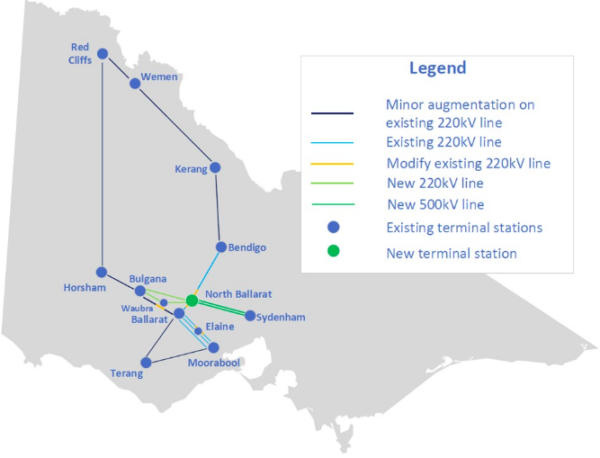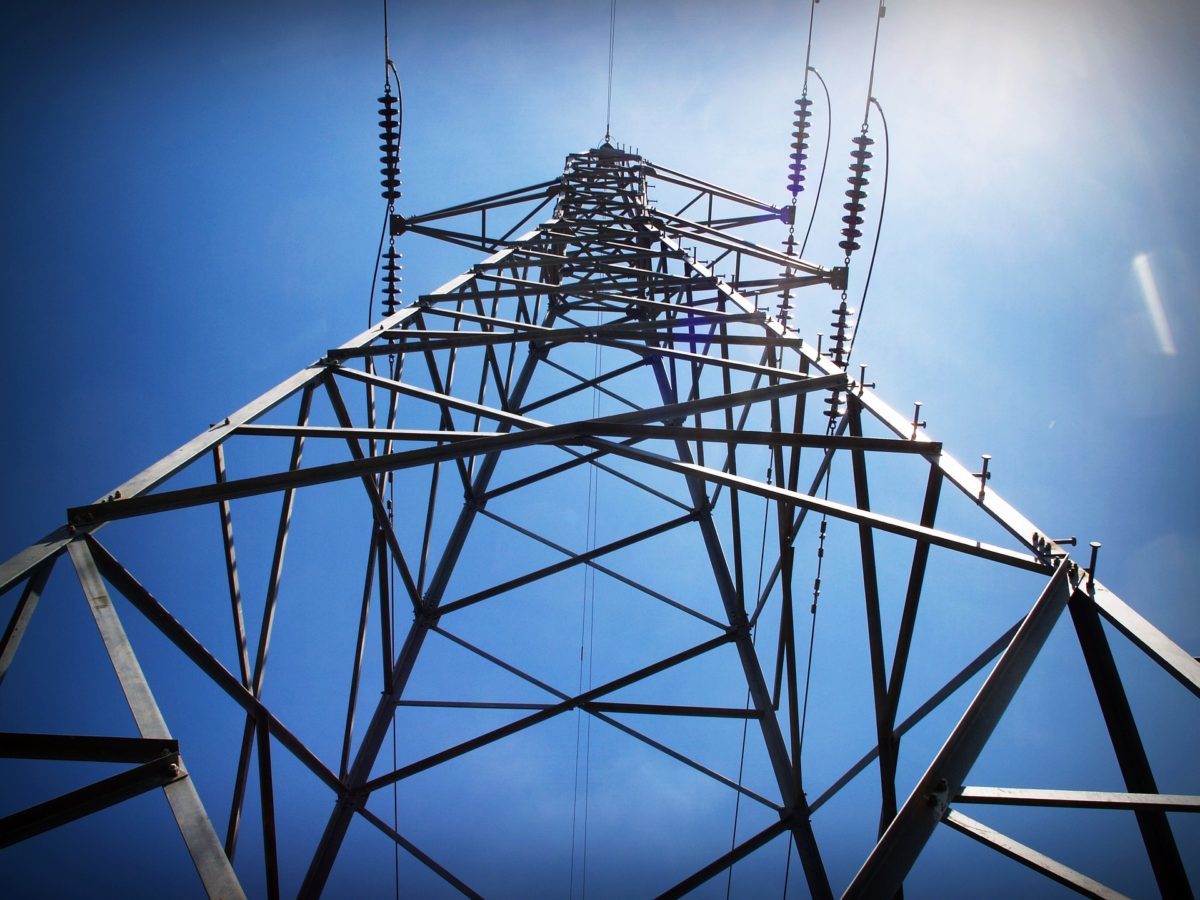The Australian Energy Market Operator (AEMO) has published an assessment of strategic investment in Western Victoria’s transmission network, which it says is necessary to accommodate up to 6,000 MW of new wind and solar farms in the coming decade. This investment is estimated to cost $370 million, and will produce a total return of $670 million in market benefits, resulting in net benefits of $300 million.
“Under this proposal, for every dollar invested in the Western Victorian transmission network, the project is expected to deliver almost double that in benefits,” said AEMO CEO Audrey Zibelman. “This investment will future-orient Victoria’s power system capabilities and supply availability, and help achieve a lowest cost portfolio of resources and strategic transmission development to meet consumer needs today, and into the future.”
With significant number of committed wind and solar projects, Western Victoria has emerged as a hotbed of renewables development. Around 2 GW of committed new generation will be built or is undergoing commissioning by 2020. AEMO projects that a further 3 GW of new generation will be constructed in the region by 2025, and a further 1 GW based on proposed new connections and the increase to the Victoria’s renewable energy target to 50% by 2030.
Grid limitations
While the region has gained popularity among developers due to the quality of its renewable energy resources, namely wind and solar, it has also become notorious for grid limitations. A number of utility-scale solar farms in the area have had their outputs downgraded through Marginal Loss Factors, resulting in major dents in revenues. Others were faced with a choice of installing additional components, such as costly synchronous condensers, as done by Total Eren on the 256.5 MWp Kiamal Solar Farm in Victoria, or simply waiting for a network upgrade, which could take years.
Without proper planning and timely investment in the Western Victorian transmission network, these limitations are expected to exacerbate over time, harming developers and resulting in increased electricity costs for consumers. Seeking to unlock future power system capabilities and expand the diversity and availability of energy supply, AEMO’s investment proposal is projected to improve the capacity of the existing Victoria to New South Wales interconnector, and enabling future transmission network expansion from Victoria to New South Wales.
“This transmission investment will support the development of major hubs for wind and solar energy in the region by strengthening transmission corridors to more efficiently transport large quantities of renewable energy to consumers,” AEMO Chief System Design and Engineering Office Alex Wonhas said. While key market benefits include fuel and capital cost savings as well as an improved capacity of the existing Victoria-NSW interconnector, Wonhas says the project will provide additional benefits for communities in Western Victoria such as employment, economic growth, training and other regional development opportunities that have not been quantified in AEMO’s assessment.

Misfire
For Federal Energy Minister Angus Taylor, AEMO’s grid upgrade proposal was an occasion to launch a fresh attack on Victoria’s ambitious renewable energy target. “The Australian Government remains concerned that reckless Andrews Labor Government actions are hurting Victorian, Tasmanian and South Australian energy consumers and adding hundreds of millions of dollars in cost,” Tayor said. “We have already seen outages last summer and the situation in Victoria threatens to again leave Victorians in the dark.”
But, renewables had nothing to do with Victorian outages and without them the situation could have been much worse. Namely, Taylor seems to be unaware of the fact that renewables performed the best of all energy sources during the record-breaking summer of heatwaves, while coal clunkers were operating well below capacity and were directly responsible for blackouts.
Scheduled closure of Victoria’s brown coal generators is yet another reason AEMO is keen to progress grid upgrades in Western Victoria. “While participants are expected to provide adequate notice before decommissioning, there are risks that a substantial plant failure or force majeure event could cause an early or unexpected plant retirement,” AEMO added.
The proposed network upgrades are in line with AEMO’s Integrated System Plan released last year with the addition of a new terminal station north of Ballarat and long-distance high voltage transmission lines between Bulgana and Sydenham terminal stations. Construction would be staged over several years, with the final component expected to be in operation by 2025.
This content is protected by copyright and may not be reused. If you want to cooperate with us and would like to reuse some of our content, please contact: editors@pv-magazine.com.









Here is hoping that one day the nation will heat something from Taylor that give us some reasons to believe he might have a long-term vision; all we get are negatives.
So, why not bypass these, “costly synchronous condensers” and go straight to energy storage with electronic switching technology that adds valuable fast response grid conditioning? Why not distribute the energy storage to the edge of the town that will use the power and enable islanding of the town by using the energy storage during brown outs and short term shutdowns?